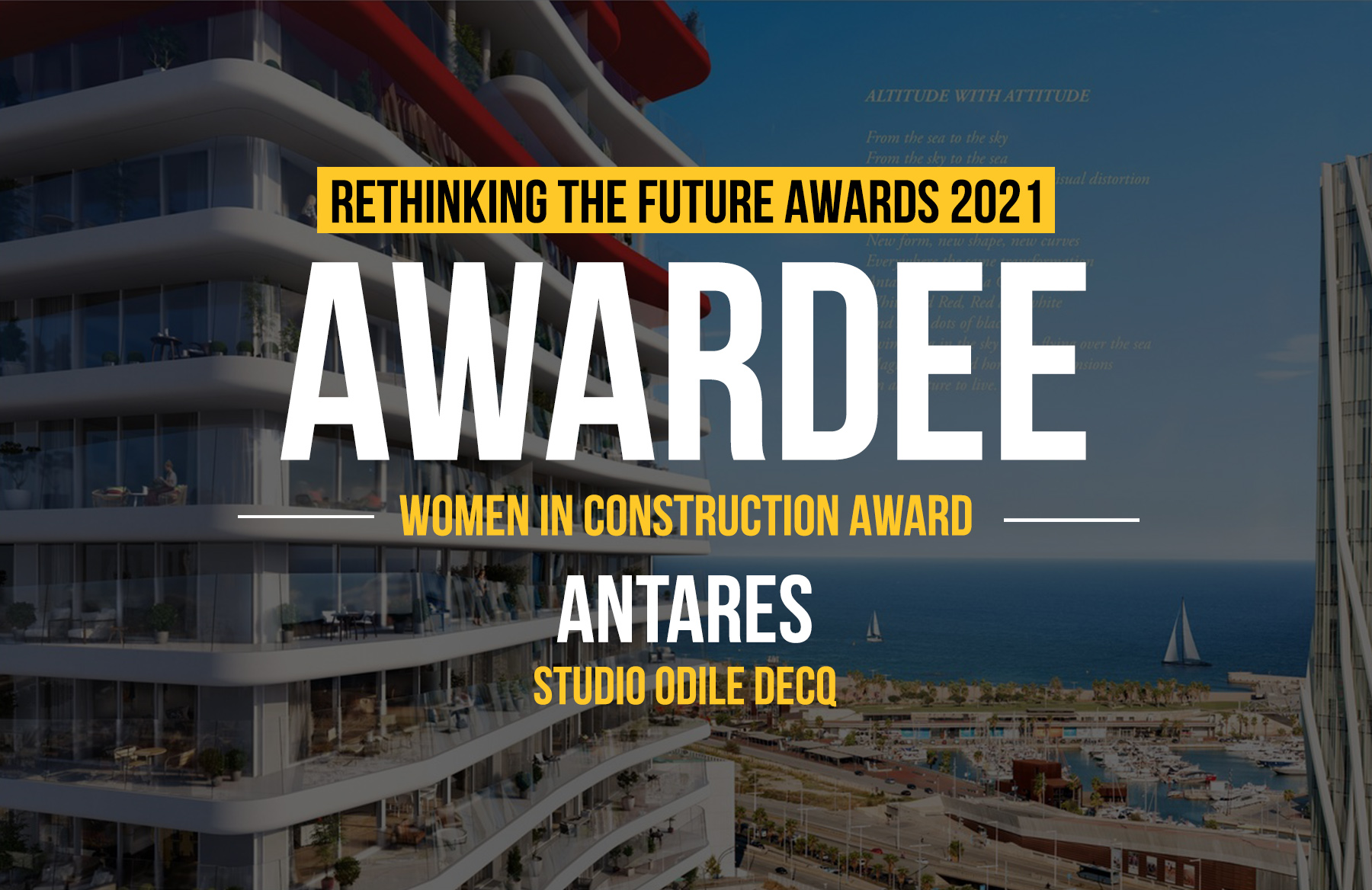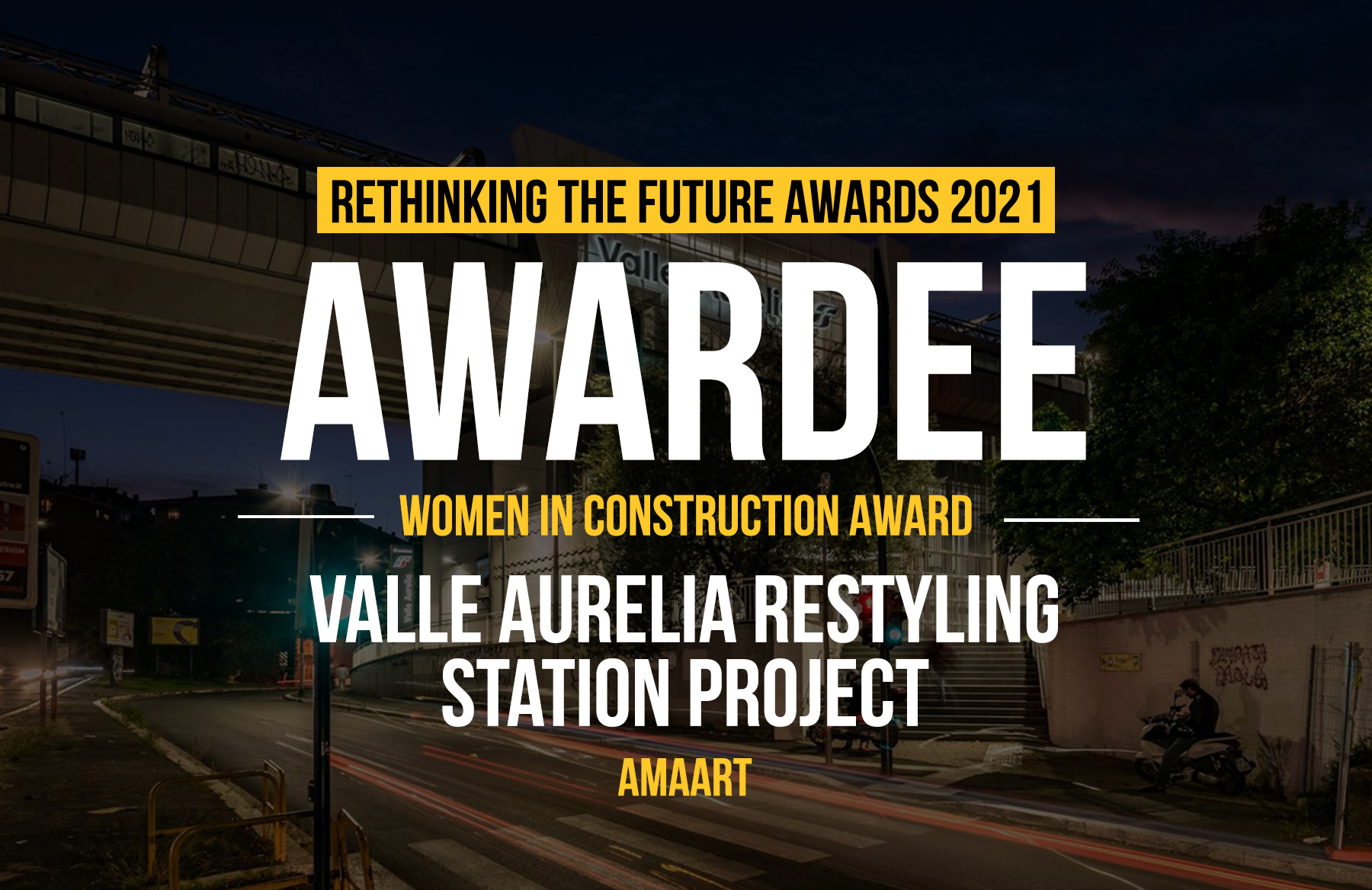The Columbia Boulevard Wastewater Treatment Plant was constructed in 1950 as an industrial site to treat the city’s combined wastewater and storm water now serving 600,000 residents in Portland, Oregon. In recent times, this municipal works project has become increasingly public through efforts to highlight the importance of sustainable infrastructure. Over the past 16 years, engineering staff on site worked in portable trailers that became unsuitable for occupation.
Architect: Nong Vinitchaikul Rath
Team Members: Jeff Kovel, Brent Grubb, Susan Barnes
Country: United States
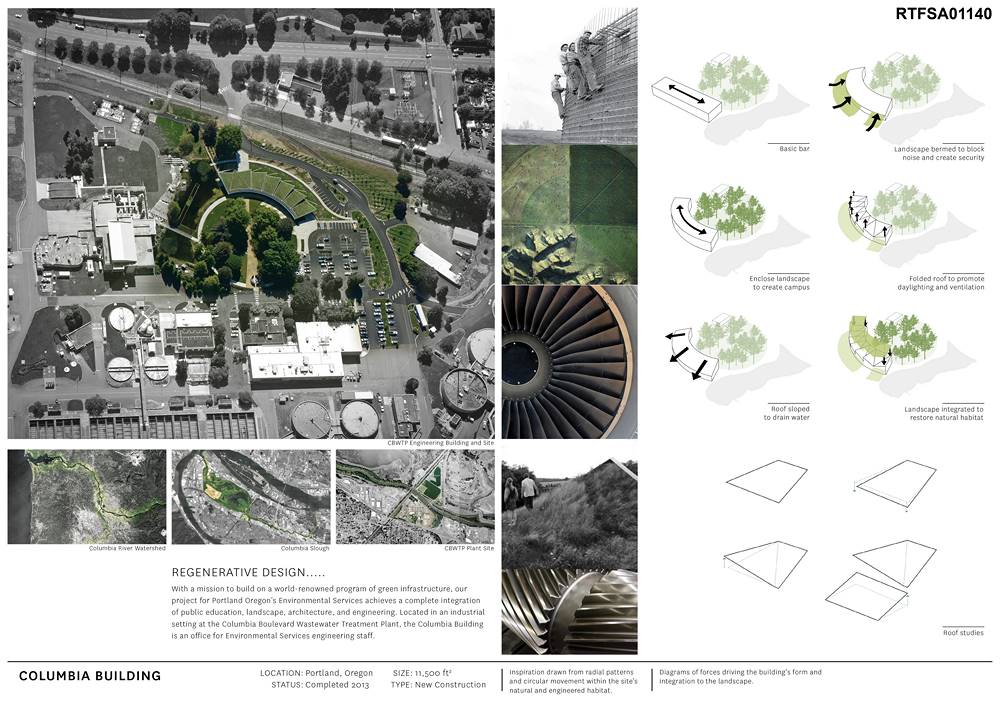
The new 11,490sf Engineering Building and site development project was proposed to create replacement office space while also establishing a new public interface for the Plant. The program included office space for 38 engineers and construction management staff, a visitor reception space and public meeting spaces all to be developed within a sustainable landscape.

The City of Portland is a strong proponent of sustainable practices in city planning, utilities, and architecture. The current municipal Green Building Policy requires public buildings to incorporate sustainable design practices to achieve a minimum of LEED Gold certification. The Bureau of Environmental Services protects the quality of stormwater returned to the Columbia Slough. Stormwater filtrating facilities and vegetated roofs are two major programs the Bureau of Environmental Services utilizes to ensure sustainable stormwater management in Portland area construction and development.
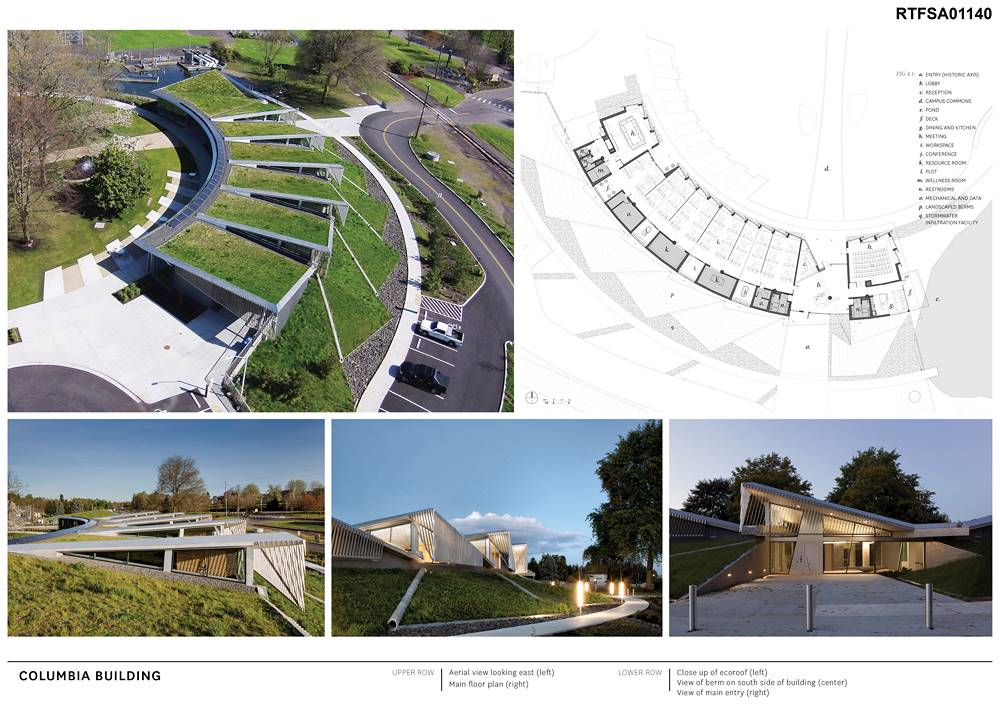
The new single story building is oriented along the path of the sun featuring seven folded cast-in-place concrete roof forms that channel storm water sustainably throughthe eco-roof. The storm water then drains along the berms into a visible storm water collection system leading back to the Columbia River. As an intentional demonstration, the building and its immediate landscape employ signage and educational elements to celebrate the Columbia Slough ecosystem where the project is located as well as share information about the regional watershed. Inspired by the native landscape and its industrial past, the building is an elegant combination of landform, indigenous planting, formal geometry, and durable construction systems that support staff and the public interface.

The site development transformed and redefined the transportation traffic flow to create a newly formed pedestrian central green space used for educational tours of the plant and as a commons for the overall plant staff. This commons space replaced the original axial road leading into the plant improving vehicular circulation, plant security, parking organization to create a shared central gathering space.
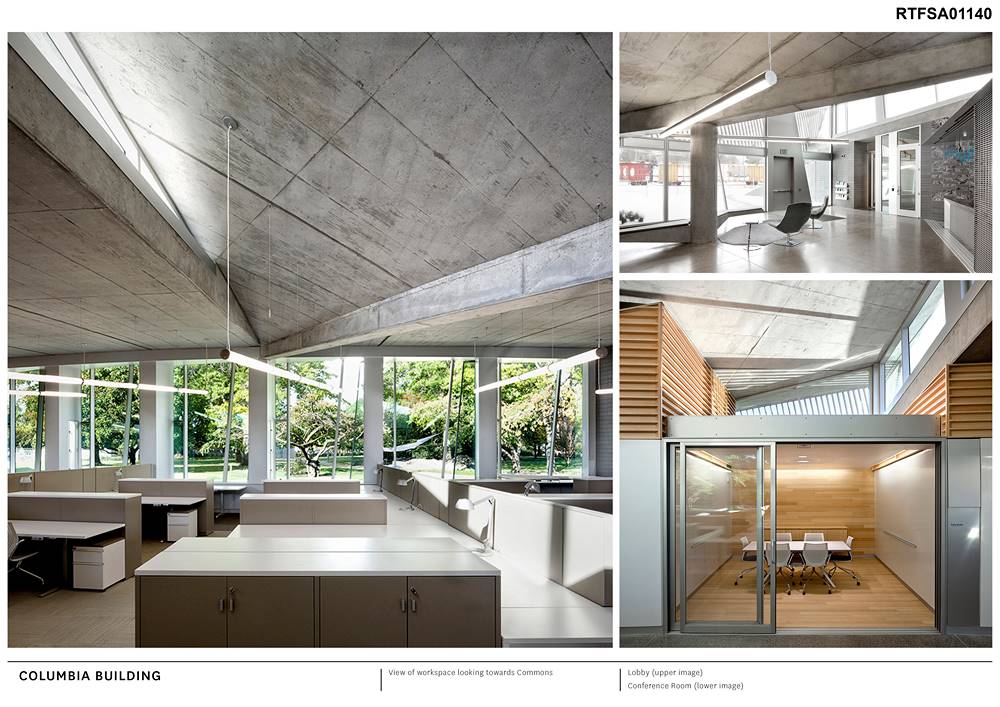
Juxtaposing the soft, vegetated southern edge, the building’s northern facade is a dynamic, serrated curtain wall that tracks the circular path of the commons. Exterior stainless steel solar shades and a system of clerestory windows create modulated day lighting in concert with a fully glazed operable north façade connecting the interior spaces with the central green space. The mechanical system is a heat pump system that taps into the plant’s process water source for heating and cooling. While the building has a photovoltaic system it also benefits from an on site co-generation plant for power.
Next Post
Green Layering Gray | Knafo Klimor Architects
3 Mins Read

